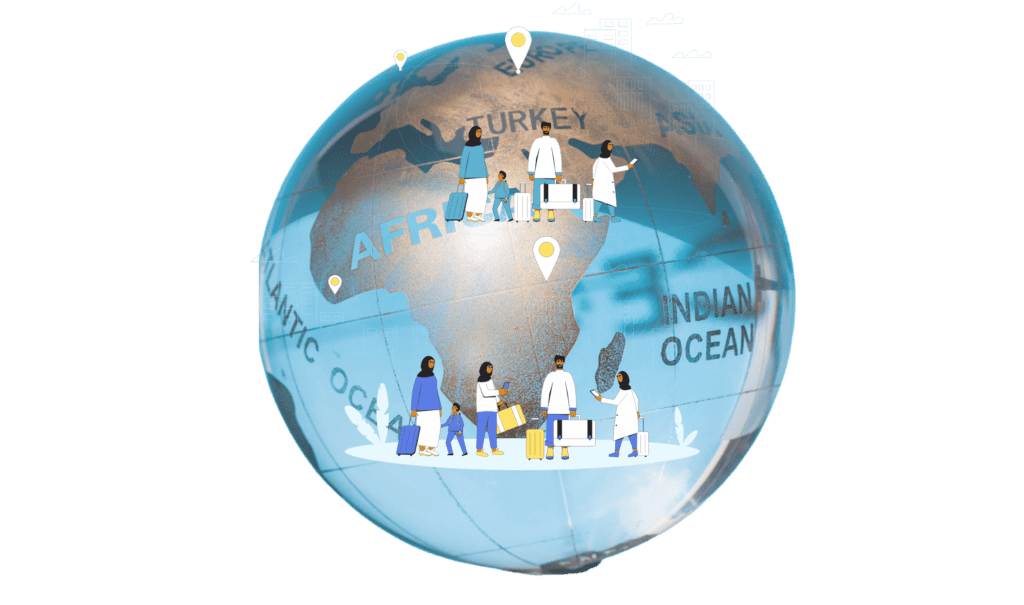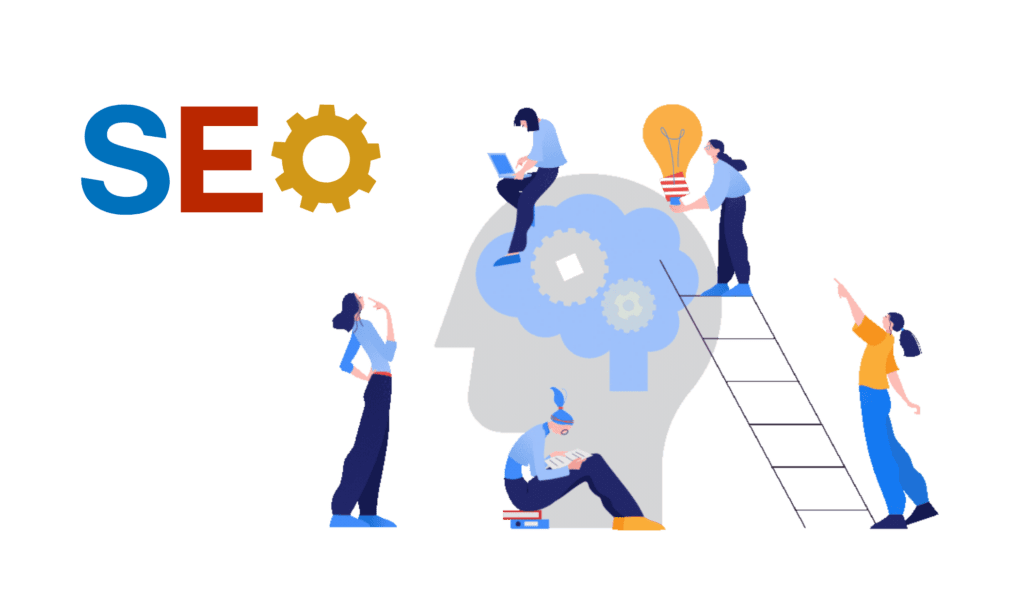What are 5 Common Translating Errors Websites make!
Translating your website is important for more than one reason. Multilingual online stores cater to a wider audience and reach more buyers. Most of these people, however, make quite a few mistakes when they’re just starting out. In this article, we discuss some of the most common errors, to help you avoid making those!
We will have a look at those 5 key points:
- translation tool – person
- Steps to take
- International customers
- Focus right
- SEO optimization
And the most common mistakes there to help you avoid them for your store.
1. Translating using the wrong tool – or person
There are many ways your translation method could be faulty. The first problem is using low-quality translation systems. Most people use online translation generators without paying enough attention to their quality. These translation systems often have a very rigid structure. Which translates every word without proper coherence in structure and context. Accordingly, having your automatic translation checked manually is essential. Either by a native speaker or professional translator.

At langify we use the top automatic translation services on the market. That means we have the right algorithm that takes into account what exactly you’re trying to say – and doesn’t just translate empty words! Learn more about the difference between automated translations and machine translations here. Without proofreading and optimization, however, certain ideas might get lost – especially if you don’t have the right person to review them!
Another potential bios might be the human translation and/or reviewing process. Professional translators are rather expensive, and a native speaker might not know specific technical terms in both languages. When you bring in a human translator, you don’t just need someone who knows a little about each language. Having a human translator on board is a great plus. But always make sure the person helping translate your website is fluent in both the language. At best, they even know about your business details as well.
Even more, one additional condition you can have is for the translator to be a native speaker of the language they are translating to. Can you imagine if you used an expression that was completely taboo in a specific country? Or, for example, if your translator did not know the proper jargon used by native speakers of a specific country and used a completely out-dated term?
To avoid the issues related to that on your website, you need to make sure that your translator knows what they’re doing. And the easiest way to do that is to simply get a native speaker of the language you want to translate into! This will save you a great deal of worry and potential errors.
2. Missing steps…
You might think that translating your website is as easy as ABC. But even though, it’s pretty simple to get a translated website up and running. There are some specific things you need to do to make sure! In Order to truly take advantage of what it means to have a multilingual website. So here are some common mistakes we might make that mess with our search engine and user experience optimization.
First, you have to localize your website. This means you should make sure the translated content properly fits into the area your customers are in. Different areas each have their own ways of expression and their own formalities. Hence it is essential to take that into account during your translation process.
Another part is the proper localizing of your site in translating the entire store(s). When your customers see a website that is fully in their own language – images and other media included – they are more likely to continue shopping. As they will feel like it is, in fact, suitable for them. They want something personalized that feels natural and easy, not a website they have to work hard to understand and relate to. Having your content presented in your customer’s native language is a major marketing tool for internationalization.
3. Forgetting about your international customers…

Imagine a customer placing an order off your website, encountering a problem, and then not being able to effectively communicate with your team. That’s what will happen if you don’t make sure that you have a native speaker of your different translated languages on board to help support international customers. If you plan on welcoming customer inquires, it is important that you make sure these customers can easily follow up on their order.
Of course, we know how hard this is in reality. You can’t possibly have a customer service representative for every country and language in the world. But this is why, as you’ll see below, we advise you to start with a few languages instead of too many. And then you can form a customer support team with a small group of people who speak a wide range of different languages – the most commonly spoken ones, at least.
P.S. did we mention we have great customer support at Langify? (Feel free to test it…)
4. Trying to be everywhere
Having your website available in multiple languages is one of the best things you can do for a boost in sales and exposure. We’re with you! But there are only so many languages worth translating to, especially when you know your market and the types of people you’re targeting. You wouldn’t want to invest too much time and effort translating into a language that won’t bring you that much return. So, like we’ve said, you’d be better off focusing on optimizing the translations for a few languages and making sure they’re good to go, especially during the beginning stages of your website translation process.
And there you have it, the 5 most common mistakes people make when they’re creating their multilingual website. We hope this list will help you avoid these errors… or, at least, know what to do about them! Probably the easiest solution, though, would be to get the proper help. Langify is made for just that. If you’re looking to start your website translation journey, we’re your best bet. Don’t worry, we don’t make any of these errors, and we make the process of translating your website a whole lot easier! If you like easy, well, go ahead! Start your 7-day Langify trial for free.
5. Not working on your SEO

Optimizing your search engine results is crucial for any e-commerce. SEO can literally make or break your website’s reach, to an even higher degree when it’s a multilingual website. First of all, here’s why SEO is so important to your international website.
Neglecting the SEO part of translating your website would be a complete disaster! In fact, localizing your website (translating the entire store and making sure it fits your audience) is a MUST for search engines to pick up on your website’s language. Having multiple different languages on your same webpage is not a good SEO look. Search engines won’t like it, and customers will leave your website (which will make search engines not like it even more).
Luckily, when you’re subscribed, Langify handles your SEO for you. We’ve optimized the website translation process including all the important parts we’ve talked about (so, no missing steps and your SEO is taken care of!). You can start your trial here to see how that works.

“Business is the profession. Harmony the passion.”
Connecting people and customers is the key. In e-commerce & general. Tones & Music are a wonderful communication tool. Only 7 tones define it and are understood all around the world

Comments